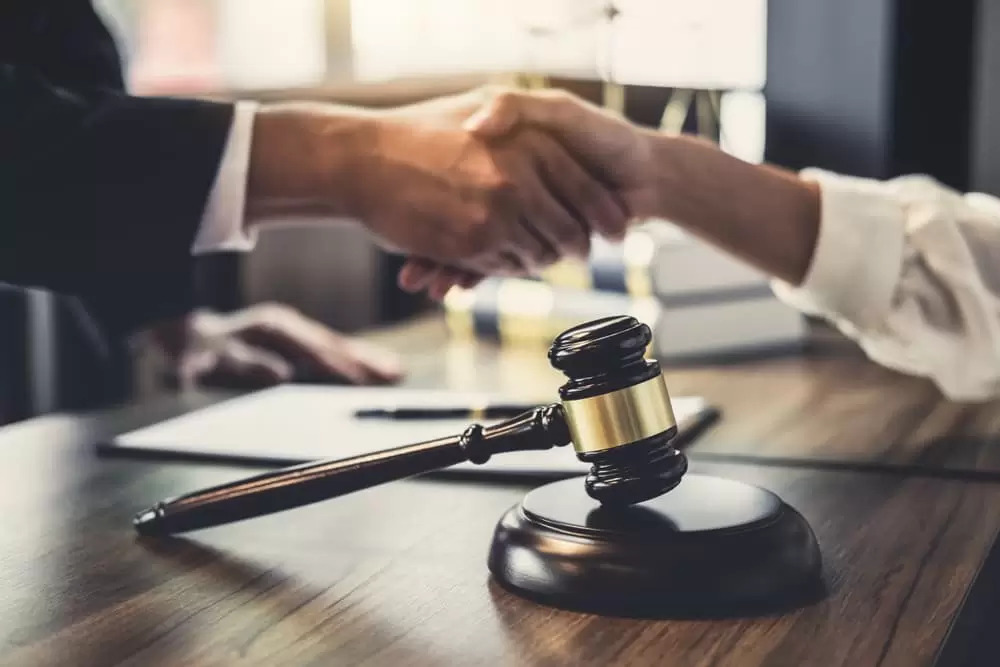Currently Empty: $0.00

The Effect Of Evidence On Your Personal Injury Case
The aftermath of an accident often entails more than simply physical discomfort. Victims may experience mental distress, financial hardship, and future uncertainty. Pursuing damages via a personal injury lawsuit becomes crucial in these situations. However, evidence is the main factor that determines how strong that assertion is. Even the most sincere assertions may falter in court or during negotiations if they are not supported by the appropriate records and evidence.
Why Every Case Must Be Based On Evidence
Evidence is the foundation of a successful claim in personal injury law. It gives your account legitimacy, aids in proving culpability, and illustrates the magnitude of your losses. Verifiable facts, not simply assertions, are needed by courts and insurance companies to make decisions. For this reason, gathering and presenting solid proof is essential. Resources like Personalinjury.fyi help victims understand what information is most important by highlighting how the appropriate evidence may make or break your case.
Evidence Types That Support Your Claim
Evidence is not all the same. Certain formats are more reliable when demonstrating harm and culpability. The following are the main categories:
- Tangible Proof
Things like wrecked cars, ripped clothes, or faulty goods may clearly show what caused an injury. Physical evidence is a strong component of your assertion since it is difficult to refute.
- Images And Videos
Visual documentation often conveys information that words cannot. Unquestionably, clear images of the accident site, your injuries, or security camera video are available. They record information that could otherwise go unnoticed, such as weather, skid marks, or hazardous areas.
- Health Information
Medical records are one of the most crucial kinds of evidence. Prescriptions, treatment plans, hospital records, and doctors’ notes all serve to demonstrate the severity of your injuries and the need for further care. These documents also provide a precise chronology between your medical condition and the accident.
- Testimony Of Witnesses
Your account of what happened may be supported by statements made by witnesses to the accident. Medical professionals, experts in accident reconstruction, or financial specialists who provide specialized insight into the effects of your damage might also be considered witnesses.
- Reports On Police And Accidents
Official reports are sometimes given a lot of weight in instances involving workplace events or auto accidents. An objective account of the incident, specifics of the infractions, and sometimes even preliminary judgments of responsibility are often included in these records.
Evidence’s Function In Establishing Liability
The core of every personal injury lawsuit is liability. You must prove that someone else’s carelessness or recklessness caused your injuries in order to prevail. The road plan for creating this chain of responsibility is evident. For instance, in a slip-and-fall case, pictures of a wet floor without warning signs might demonstrate the store’s carelessness. In a similar vein, mobile phone data may show that a driver was preoccupied during an accident.
Proof And The Worth Of Restitution
How well you can demonstrate your losses will have a direct impact on the amount of compensation you get. Claims for medical costs and lost income might be supported by employment records and medical bills. The long-term cost burden may be shown with pictures of continuing therapy or with expert evidence about future medical demands. Strong proof guarantees that courts or insurance companies cannot unjustly minimize your pain or lower your payout.
Difficulties In Collecting And Maintaining Evidence
Even while evidence is crucial, gathering and preserving it is not always simple. Digital recordings may be erased or destroyed, witnesses may forget specifics, and accident sites are often tidied up fast. For this reason, it is essential to act quickly. Evidence may be preserved before it disappears by seeking emergency medical attention, informing the authorities of the occurrence, and speaking with a personal injury lawyer as soon as possible.
Conclusion
In personal injury lawsuits, evidence is not only a supporting element; it is the cornerstone of the case. Evidence determines everything, from establishing culpability to determining the actual amount of damages. Victims are in the greatest position to get just compensation if they take the necessary actions to collect evidence as soon as possible, maintain it safely, and consult with knowledgeable legal experts.
Time is of the essence if you or a loved one is dealing with the fallout after an accident. Your claim will be stronger, and you’ll be one step closer to getting the justice you’re due, the sooner you start gathering proof.

